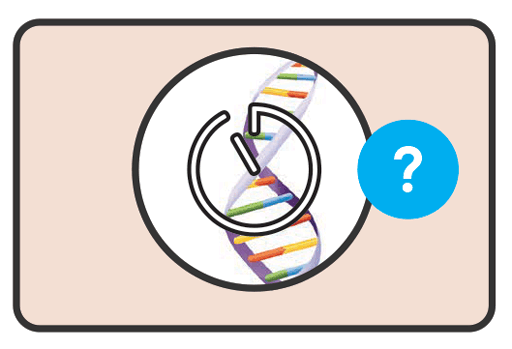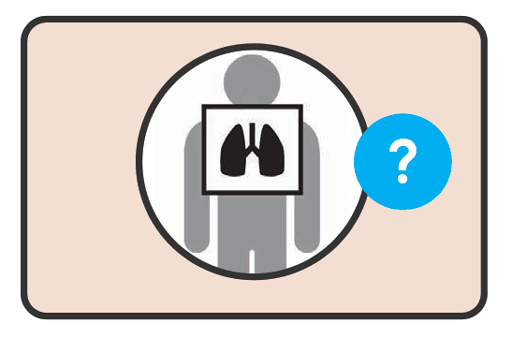2.3 Options in treatment of DS-TB
In patients with presumptive or confirmed DS-TB, there are several regimens that can be used based on current WHO policy. The 6-month regimen has become the standard of care all over the world but efforts have been made to develop effective shorter regimens to treat DS-TB. Several trials were designed to assess whether a shorter treatment regimen can remain highly effective and raise no additional safety concerns.
 Feedback
Feedback
